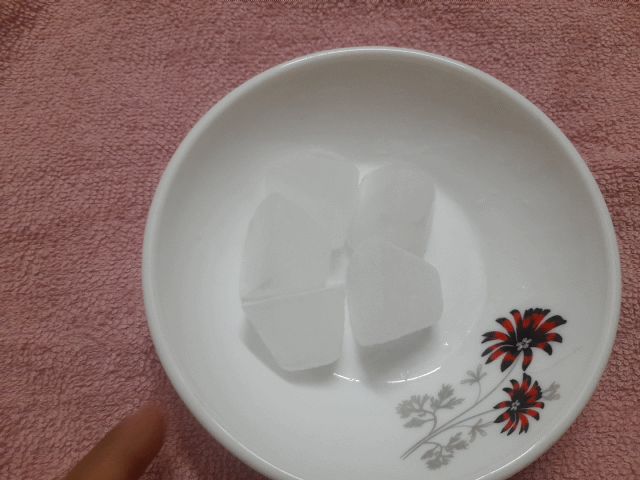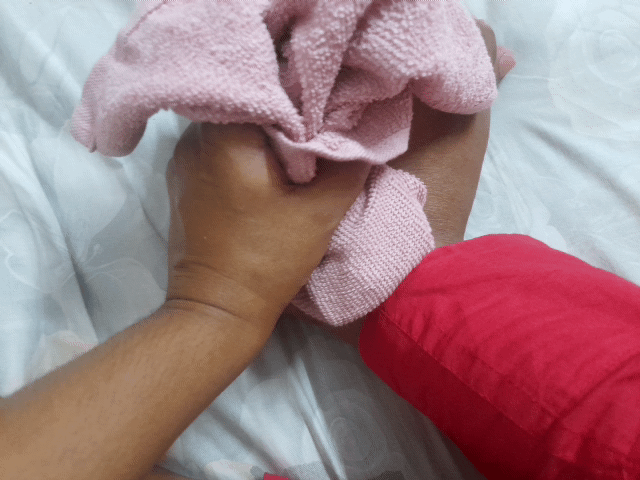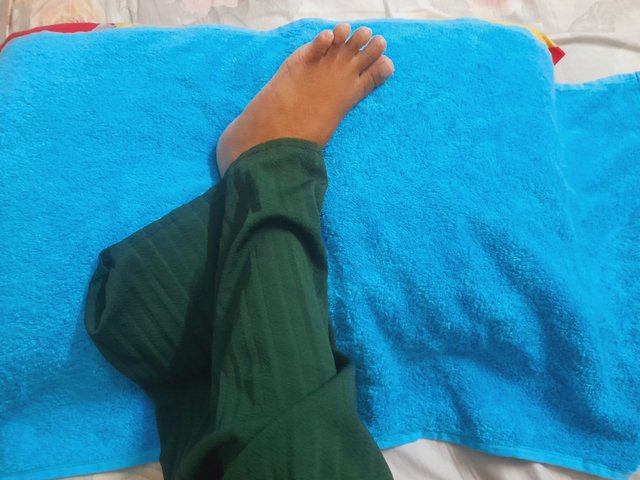Steemit Learning Challenge-S27W2; Physiofit; Swelling Reduction Challenge
I am happy to participate in the 2nd week of Steemit Challenge. This week's topic is Physiofit; Swelling Reduction Challenge. So Let's start,
Task 1: First you have to share your knowledge about swelling, it's type and pathophysiology. (Explain only 4 types no need for extensive knowledge)
Swelling means the accumulation of excess fluid in a particular part of the body. It is called Oedema in medical science. It occurs for various reasons. It can be due to injury, strain, sprain, infection, inflammation, allergy, and even kidney and heart problems.
Signs and Symptoms
The affected area becomes red.
It feels hot to the touch.
Swelling or puffiness is seen.
Pain or tenderness (painful when pressed).
Movement in the affected area becomes limited.
Types of Swelling
Localised Swelling : This type of swelling occurs in a specific part of the body. It is usually caused by a sprain, strain or minor injury. For example: swelling of the ankle, wrist, knee or elbow.
Generalised Swelling: This type of swelling occurs in many parts of the body at the same time. In most cases, it is caused by kidney failure or heart failure. It is usually more noticeable in weight-bearing joints.
Acute Swelling: This type of swelling is usually caused by a sudden injury, infection, or allergy. It occurs within a few hours or a few days.
Chronic Swelling: This type of swelling continues for a long time. For example, due to arthritis, lymphatic system problems, or kidney disease.
Pathophysiology
Usually, excess fluid leaks out of the blood vessels and accumulates in the body's tissues.
If the lymphatic system is not working properly, this fluid cannot be removed.
If the kidneys, heart, or liver are not working properly, the entire body can accumulate fluid and swell.
Task 2: You have to find a patient with the symptom and share history of injury or illness. You can also share your history too if your suffering from any injury recently that is present with symptom of swelling.
In this post, I will share an experience of my elder sister. A few months ago, she suddenly lost her balance while walking in high heels. As soon as she fell, she felt a sharp pain in her right ankle. At first, it seemed like a simple sprain, but within a few hours, the ankle swelled and it became quite difficult to walk. After the injury, redness and warmth appeared around the ankle. When I pressed the affected area with my hand, the pain increased and it was difficult to move the ankle. As a result, it became almost impossible to walk normally. Over time, the pain increased. This is actually a good example of localized swelling, as the swelling was only in a specific area of the ankle. Later, with physiotherapy management, rest, ice packs and bandages, the pain and swelling gradually started to decrease. Currently, she is healthy.
Task 3: It would be better if you treat the patient pain by performing or apply above given physiotherapy management, share videos or pictures while performing and then review after getting treatment.
After falling in high heels and injuring your ankle, you should follow the physiotherapy rules, among which the most effective is the RICE Protocol, which stands for Rest, Ice, Compression and Elevation.
- Rest:For the first few days, no pressure should be applied to the ankle. Trying to walk will increase the pain and swelling, so you should rest completely. By not putting weight on the lower part, the injured tissue will get a chance to recover gradually and you will get relief from the pain in a relatively short time.
- Ice:For the first 48 hours after the injury, use an ice pack on the ankle for 15 minutes 2-3 times a day. Ice constricts the blood vessels, which reduces bleeding and swelling. However, instead of applying ice directly, wrap it in a cloth so that it does not damage the skin.
3.Compression: Elastic bandages should be used to control swelling in the ankle. The bandage creates light pressure, which helps regulate blood flow and helps the swollen area gradually return to normal. However, the bandage should not be tied too tightly, as this can cut off blood flow.
- Elevation:I always keep my ankle elevated on pillows while sleeping or resting, so that the foot is higher than the heart. This helps the accumulated fluid to move upward and the swelling to decrease quickly.
Following these treatments regularly, the swelling and pain reduced significantly within a week. It worked well for my sister. After two weeks, she no longer had any problems walking.
I am inviting my friends @rauja @drhira and @alfazmalik to have a look on this challenge.



